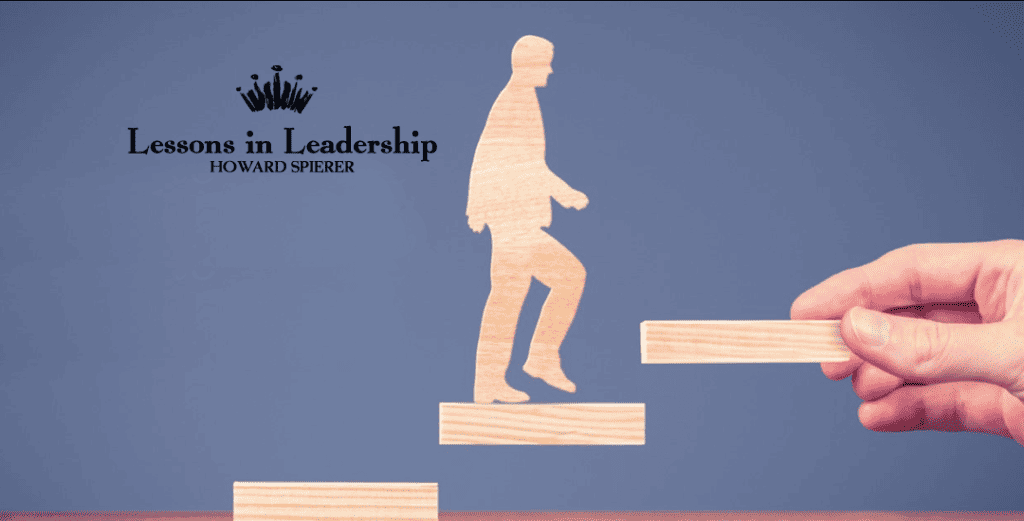Howard Spierer Columnist
Previously I talked about owning your actions by moving from “I need” to “I want” and getting better connected to the “why” behind the things you choose to do. Well, it should come as no surprise to hear that unraveling the “why” is just as critical when trying to inspire others into action.
As a leader I’ve come to anticipate the “why” query when I seek to saddle someone with a particular challenging task. I’ve come to appreciate the following are disastrous responses:
- “I don’t know” – the ultimate sign of lazy leadership
- “Because I said so” – authoritarianism is never inspiring
- “This is the way it’s always been done – so what?” – This is just a way to mask “I don’t know.”
So, I’ve come to give thought to my motivation behind my request. However, I’ve also learned that my rationale behind a request may not be sufficient to motivate others into action. Nevertheless, articulating my self-interest is critical to the enrollment process because it provides humility and authenticity to the request. Any soldier wants to know their general has serious skin in the game.
The next step is to lay out the big picture and drive home how the request will have a broader and longer term impact than may be obvious on the surface. How you roll out this dance should be driven by the initial response you get to your request. After all, while it helps to be able to articulate the logic behind your request it is probably equally, if not more, important to listen to how your request is being received. I have discovered that someone acting out of a hollow sense of obligation usually generates half-hearted effort. It is important to verify buy-in with a request for a “by when” and an assessment of what will be needed to succeed.
I’ll cop to the fact that none of this is rocket science. And there is the magic pill that will help you navigate and overcome “I can’t” and “I won’t.”
But before we go there, I’ve found there is a subtle distinction between an “I can’t” and an “I won’t” push-back. Usually “I can’t” is embedded in a person’s lack of belief in themselves which may call for greater focus on available resources and committed support, while “I won’t” usually reveals a lack of belief in the mission.
Under either scenario I’ve found it useful to ask the following questions:
“Imagine you could do anything to feel (fill in the blank) successful, challenged, important, etc. what would it be?”
“What gets you excited?”
“What have you always wanted to do?”
Listen to the responses. Your job is make them fit into the opportunity you are presenting.
And therein lies the magic: you’re not asking someone to do a job. You are providing them with an opportunity to live into their passion.
And who can say “no” to that?
